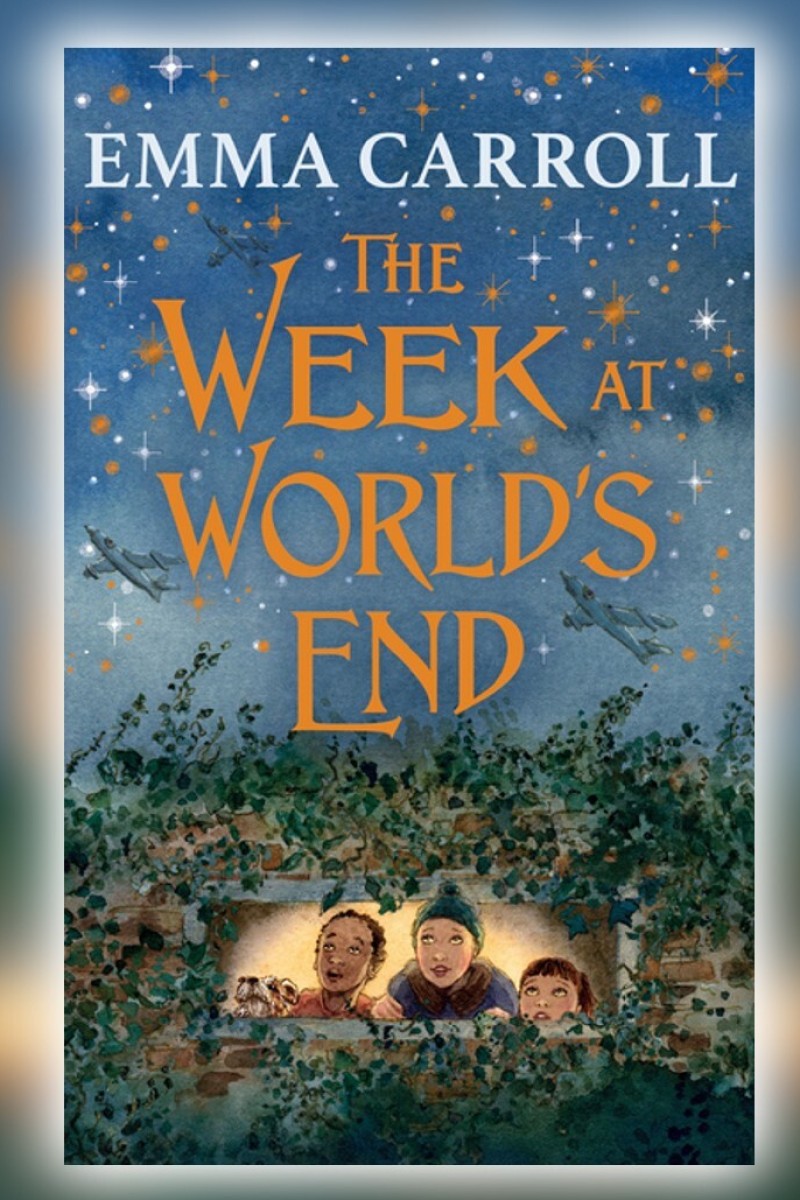
‘The Week at World’s End’ review: Intriguing historical fiction set during the Cold War
- Three students meet in 1960s England as the US and Soviet Union face off during the Cuban missile crisis
- This engaging, uncomplicated read from Emma Carroll will have you thinking about the effects of war, prejudice and inequality

 While the storyline could be more creative and complex, the characters are so charming that you'll want to continue reading this new novel from Emma Carroll.
While the storyline could be more creative and complex, the characters are so charming that you'll want to continue reading this new novel from Emma Carroll.The Week at World’s End
by Emma Carroll
Published by Faber & Faber
ISBN 978 0 5713 3283 0
Set in 1960s England, Emma Carroll’s latest novel is an intriguing historical fiction that will keep readers glued to its pages.
The Week at World’s End follows Stevie Fisher and Ray Johnson, two friends from a place called World’s End Close, where their lives are anything but fun: they go to school, sit through reading lessons, deliver newspapers and end the day back in bed.
‘Our Beautiful Game’ explores the start of women’s football during WWI
Both are looking for a bit of excitement in their lives, and that’s exactly what they get when they discover a girl hiding in a coal shed. The runaway girl, Anna, is from America, and pleads for Stevie and Ray’s help to stay hidden from people who are trying to poison her. They agree, and the trio gradually become good friends.
But Stevie and Ray start feeling fearful and suspicious as the threat of a war grows and Anna’s behaviour is increasingly mysterious. And then Stevie uncovers a dark secret about her father that leads her to question everything about Anna.
All three main characters are very relatable – they strive for a bit of adventure and a lot of fun. As they embark on this thrilling journey, they also have to make some difficult decisions.
Take a look at this Agatha Christie-inspired whodunnit
The novel’s themes deal with the consequences of life-changing events, physical destruction, as well as pollutants. And ultimately, it questions the philosophy behind war, and whether conflict ever benefits anyone.
Carroll reveals these themes by using the Cuban missile crisis as the backdrop for the story. In real life, this crisis nearly led to nuclear war between the US and the former Soviet Union. In Carroll’s fictional world, she makes it easy to visualise what a war really looks like when missiles start raining down on humanity.
‘The Manningtree Witches’ uses the past to educate the present
The book is even divided into five different chapters, as a symbol of the five days of the crisis, during which the two superpowers inched closer and closer to full-blown war. Although the reasons behind the confrontation are not explicitly explained, hopefully readers will be inspired to research the historical event on their own.
The Week at World’s End is an easy, uncomplicated read, and it will encourage readers to think about the effects of war, prejudice and inequality. The storyline could have been more creative, but the characters are so charming and engaging that readers will find the book difficult to put down once they begin reading it.
Coming soon in September 2021
